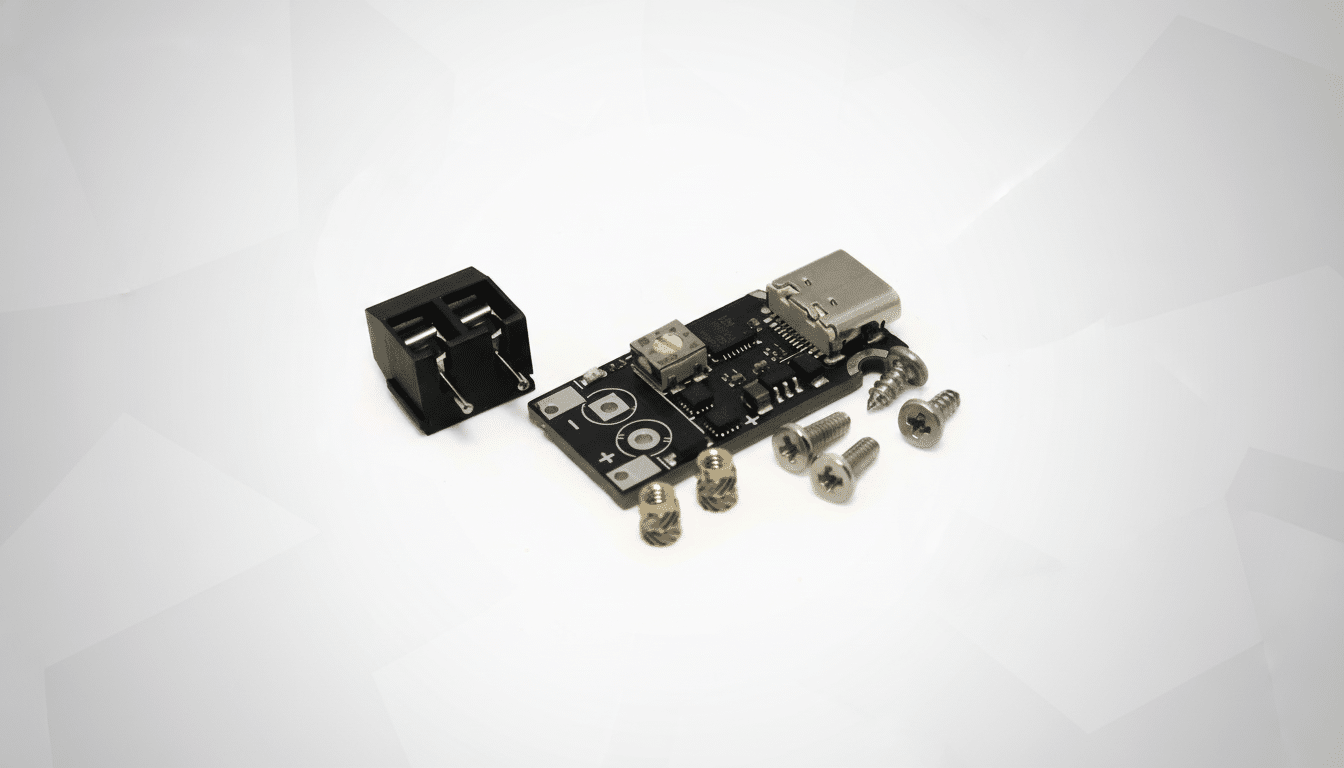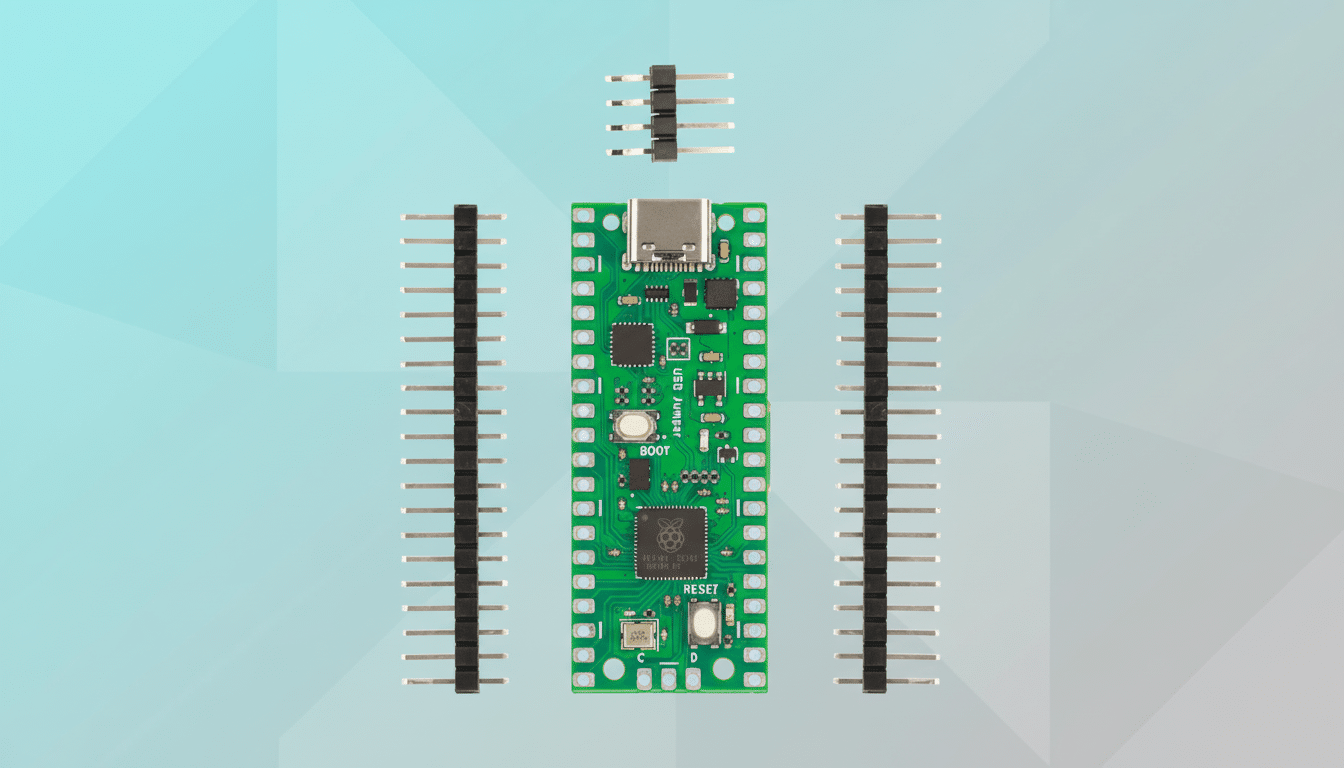So-called proprietary phone charging was a necessary evil when standards were slow to catch up. That era is over. When USB Power Delivery with PPS sends laptop-class power and regulators force-feed common connectors, a proprietary brand lock on “super” charging reads as user-hostile history. With the need for laptops to standardize by 2026 in Europe, there are no more excuses.
The Arguments Against Proprietary Charging
For consumers, the issue is one of friction. Many phones still bury headline speeds under the right mix of in-box brick, cable, and firmware toggle. Swap one cable and an “80W” promise can drop to 20–30W with seemingly little in the way of warning. This isn’t unusual, either — SuperVOOC (aka the OnePlus Warp Charge and Huawei SuperCharge) feeds require brand-coded cables or e-markers which generic leads don’t expose.

What’s more, the payoff is declining. Independent measurements show that at least some “70–80W” systems spend a lot of the charge time not exceeding 30W, and that a decent USB PD PPS brick will most certainly manage it. In one high-profile shootout between flagships, the homebrew route filled in just under 68 minutes vs. approximately 71 for PD PPS — a virtual push in our world between charges despite the printed spec disparity.
If USB PD with any OK cable beats proprietary with the wrong cable, user experience is ruined. Charging should be something predictable, not some kind of scavenger hunt where we dig around in a drawer looking for brand-approved accessories that we’ve relegated to the dustbin of history.
Standards Have Caught Up — And Surpassed
The technical argument for such walled gardens is quickly drying up. USB PD 3.1 Extended Power Range goes up to 240W for laptops and monitors. PPS (Programmable Power Supply) dynamically adjusts voltage and current in small increments to reduce heat and improve efficiency — basically, everything your phone fast charging needs.
Big players are already leaning on it. Samsung and Google use PD PPS up to their maximum smartphone rates. Apple’s shift to USB‑C has further involved iPhones in the PD ecosystem. Xiaomi has gone a step further: its flagships even support up to 100W over PD PPS — one laptop charger can now provide top speeds for multiple devices. In China, the UFCS cross-brand standard, supported by firms such as Huawei and the fast-charging mobile phone manufacturers Oppo Mobile Communications, Vivo Communication Technology Co., Ltd., and Xiaomi, is intended to synchronize quick-charge behavior among multiple ecosystems.
The USB Implementers Forum added restrictions to labeling as well, and its certification program and 60W/240W badging make it easy for consumers to understand capabilities at a glance. When a universal brick can make sure the maximum amount of power that your phone, tablet, and laptop will tolerate flows safely into them, the argument for brand-specific hacks erodes.
Regulators Are Forcing The Issue on Universal Charging
The European Union directives on common charger rules standardize USB‑C for small electronics and will expand the requirement to laptops by 2026. The European Commission estimates that as a result, an estimated 11,000 tonnes of e-waste will be prevented each year and consumers can save €250 million annually that would otherwise have been used to replace lost or obsolete chargers. Other markets are looking at the same type of approach, pushing global design towards open standards.

That pressure has already reshaped hardware roadmaps. USB‑C on the iPhone is the headline example, but the wider impact is more nuanced: supplier product assortments have been consolidated with a focus on power stages that are PD-compatible, while multi-device chargers are becoming most users’ go-to travel accessory. It’s a cleaner, cheaper ecosystem when you make one brick work anywhere.
Branding Over Benefit Has Gotten Old in Charging
Why do proprietary systems persist? Branding and ecosystem control. A special charging name ensures differentiation, encourages accessory sales, and secures certification programs. But the gains are thin. For most, saving a few minutes on a full charge isn’t worth playing cable roulette, being misled by status banners, and digging through software toggles.
PD PPS, meanwhile, calmly dishes out the numbers that count. On mid-range phones, a good 30–45W PD charger can reliably fill the battery to 50–70% in around half an hour while managing thermals. That’s the distinction between anxiety and confidence — without the lock-in.
What 2026 Should Look Like for Standardized Charging
The path forward is straightforward:
- Always let PPS or AVS peak speeds materialize over USB PD; don’t limit them to proprietary handshakes.
- Make it standard to ship PD-certified 5A cables in-box and indicate power ranges on chargers and cables.
- Surface honest UI prompts: “Fast charge available with this charger” and “Charging limited by cable,” complete with wattage readouts.
- Coordinate battery health features across brands so people can cap speeds or lessen heat without losing compatibility.
Do that and overnight the ecosystem becomes simpler. One cable and one charger in your bag. Fewer returns and support tickets. Less e-waste and increased compatibility for schools and workplaces. And yes, fewer of those maddening mysteries when a phone quietly reverts to slow mode.
The Bottom Line on USB PD Versus Proprietary Charging
Now that universal standards are bringing about true fast charging, proprietary systems impose a cost for dramatic incremental advantages. The market momentum, the technology, and the regulations all are pointing in the same direction. With the industry charging toward that 2026 deadline for laptops, it’s time to retire proprietary-only charging and complete the work of truly making power a universal language.

